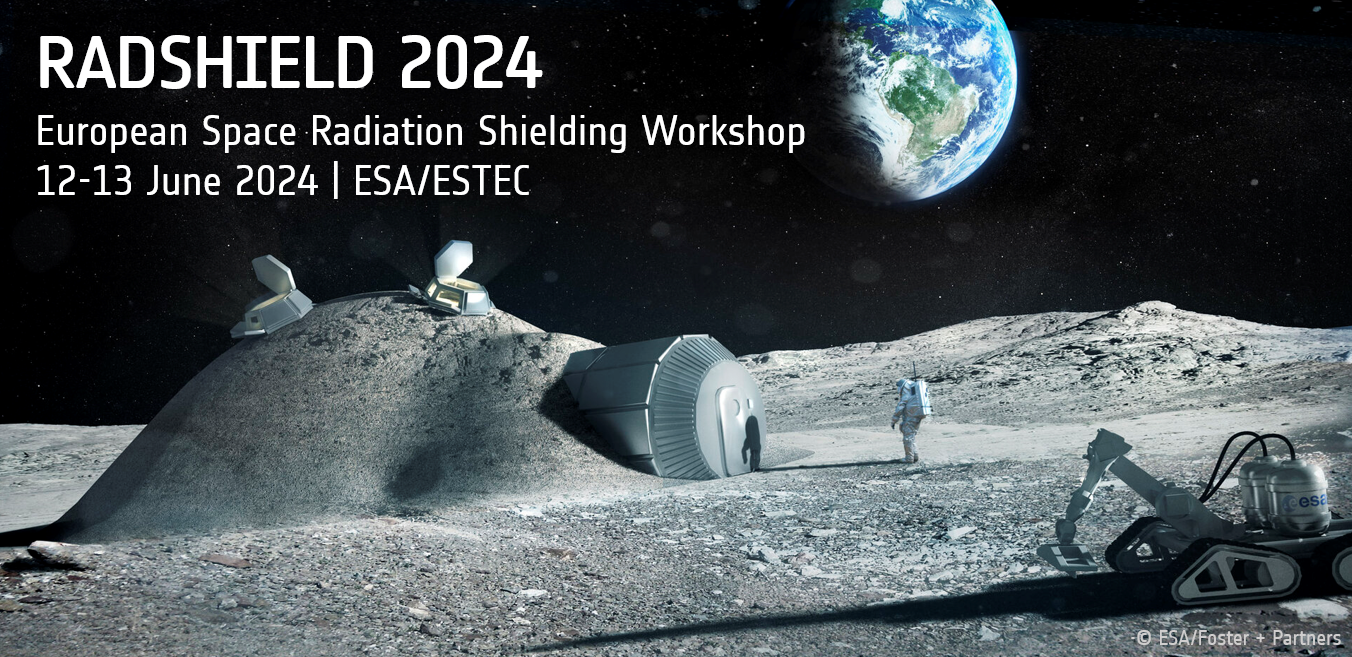Speaker
Description
Multilayer radiation shielding is only effective if it is optimised for the specific radiation environment in which it is used. Even though the parameter space of possible multilayer radiation shielding configurations is infinite, it can be systematically explored by simulating all permutations of pre-selected materials in layers of equal mass. Using the Geometry Description Markup Language (GDML), large numbers of shielding and detector volumes can be procedurally generated. The shielding performance can then be evaluated using Monte Carlo particle transport software like the ESA software Geant4 Radiation Analysis for Space (GRAS). It can track particle spectra through the shielding layers and record the Total Ionising Dose (TID) in detector volumes behind the shields. The configurations that lead to the lowest TID behind the shield can then be further optimised by varying the mass allocation between the layers.
As part of the Finnish Centre of Excellence for Sustainable Space (FORESAIL), several thousand multilayer configurations were simulated against the trapped particle spectra of the Van-Allen belts to determine the most effective shielding arrangement for minimal TID inside a CubeSat on Geostationary Transfer Orbit (GTO). Thousands of permutations with up to five layers of common satellite shielding materials were simulated. The best shields against the trapped particles use low atomic number (low-Z) materials (e.g. polyethylene) on top of high-Z materials (e.g. lead). Increasing the number of layers did not lead to any improvement in shielding performance. This contradicts previously published claims about “Z-graded” shielding with high numbers of layers, warranting further investigation. A selection of the best two-layer combinations was then further optimised by varying the mass allocation between the layers. If the two layers have a large difference in Z-number, the resulting TID versus mass allocation curves are highly non-linear. In the case of a low-Z material on top of a high-Z material, the minimum of the TID curve is up to 30% lower than the TID behind the same mass of either of the contributing materials. Optimisation of three-layer configurations consistently reduced the thickness of one of the materials to zero, which means three-layer shields were always less effective than the best optimised two-layer shields of the same mass.
To verify the findings of the simulations an instrument for the Foresail-2 CubeSat is proposed. It is planned to measure the dose rate behind polyethylene-lead two-layer shielding of five different mass ratios, as well as aluminium shielding of different thicknesses using RadFET TID sensors over a mission duration of 6 months on GTO.

